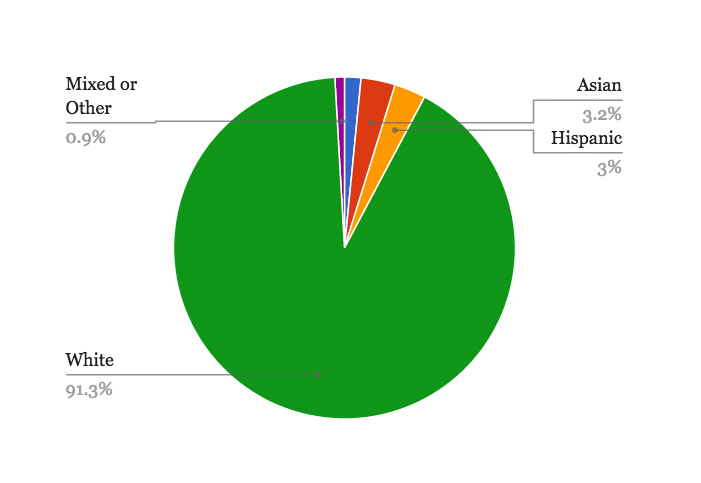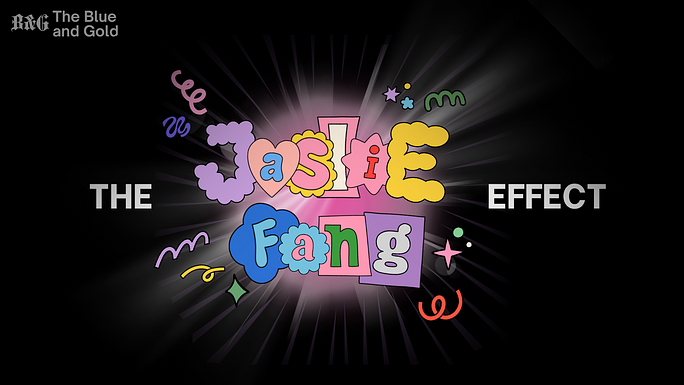Freshman year has come and gone, but I will never forget my first impression of the school. It was 2011, and late August arrived; groggy freshman gathered in front of the stairs of the auditorium and awaited the start of another school year. I saw a mixture of old and new faces, but I was more intrigued by the different kinds of students. My thoughts surpassed everyone’s choice of attire and height; I was awed by the racial and ethnic diversity. The diverse culture was not only impressive, but inspiring.

As a new student, I admit that I did not see the bigger picture when I was standing with all my peers. At the moment, it was hard to picture a school so large with all the students it encompasses, and all the encouraging teachers that fit the needs of all students. Malden High School has something to be proud of. When MHS is praised, the diversity of the school is often duly noted, and the intense student participation in school activities that comes along with it.
If diversity is valued, why is it hard to find in the MHS staff and administration?
- This is not just a local issue.
The need for diversity in school staffs is prevalent throughout the nation due to a major shift in demographics. According to many articles that regard minorities and the education system, fewer people of color move onto higher education than white students, and even fewer get a degree in education. However, as more African- Americans, Hispanics, Asians and Native Americans enroll statewide, there will be an easier time “hiring more teachers of color,” mentioned the Boston Globe in a recent article. What makes this less of a national priority?
States around the nation are taking a stance, Massachusetts included. According to a recent Boston Globe article, “over the last two decades, the segment of students who are African-American, Hispanic, Asian, and Native American has grown from 21 percent of statewide enrollment to 35 percent this year.” We should take this as a sign to start a new path towards a diverse staff.
Where does the problem lie? According to Superintendent DeRuosi, the city of Malden is “a little more locked,” meaning that more students in the education field tend to drift towards schools in Boston because they tend “to have a stronger recruiting power… They have more at their disposal to pull in teachers of diversity.” The competition, however, does not stop there.
Someone who speaks multiple languages will more likely be hired by a field or organization than someone who does not. The educational field is known for its qualities, not quantities. Despite the heavy competition, there is a plan in motion. As an administration, the leaders have been “guiding students of diversity [in the Bunker Hill Community College dual enrollment program] with the hopes that they will get into the educational tracks, become teachers, and then look back to Malden as a place they would really enjoy being a first year teacher,” claimed the Superintendent.
- So, what should this mean for Malden?
After spending four years in one place, the smaller details glowed after being in the dark for so long. Some may argue, why fix something that isn’t broken? However, the cracks in the system are enough to divert some attention to it.
I do not want to take away from the current staff at MHS. It is without a doubt that students are acquiring new skills, and teachers are working endlessly to educate and inspire, which is not an easy task. Because of Principal Dana Brown’s effective ability of hiring talented staff members, MHS has the privilege of having teachers that are able to communicate their lessons effectively and help students with their work.
This should also not take away from MHS’s many great programs and classes for students who knew little or no English before coming to America. Students have made vast improvements in their abilities, and they participate in school activities along with other students. The argument is not about whether the staff gives enough time or opportunities to students, which they do.
We do not want to replace teachers who have found their rhyme and rhythm in front of a classroom at MHS. It is about prioritizing the hiring of diverse teachers, and making the school a more comfortable environment so students could identify with more teachers.
It is a simple fact that the MHS staff and administration need more diversity. Students should learn from people who are racially and culturally diverse, but also people who can share the world through several perspectives.
Students should not have to wonder what their future will hold when all they have to do is look up. Having someone with a familiar background teach at the front of the classroom will not only help students communicate their ideas, but also give them a reason to stay in school and become better versions of themselves.
This is not a new argument. The struggle to make school staffs and administrations more diverse needs to stop. Now is a better time than ever to make the lives of MHS students more rich and fulfilling.
Superintendent of schools, Dr. David DeRuosi, wants “to recruit more teachers of color because [he thinks] it is important [for diverse students to] see people in those roles whether they are teachers, paraprofessionals, principals, [or] vice principals that reflect the diversity…” This is nothing to argue with. So, where do we go from here?
- Going forward. Looking back.
The lack of diversity in the staff may not have been seen as a problem by students in the past, but it was definitely noticed. Upon gathering some research about MHS in the early 70s, I had the chance to interview Diana Jeong, a MHS graduate from the class of 1970. At this time, a strong wave of immigrants entered MHS, and the life there was different. Malden, generally, was “nowhere near as racially diverse”; she only remembers one African American teacher and a math teacher from the Philippines. The issue of diversity in the staff has been ongoing for decades, as it has been in most parts of the country.
There is no question that diversity in the student body brings unique perspectives and and traditions that would not be possible without the diverse culture the students at MHS exhibit. For example, every year, English teacher Yahaira Marquez prepares the school for Multicultural Week, where the Malden community experiences different cultures through art, dance, and food. The event’s success mirrors the enthusiasm of the community. Imagine the school if the MHS staff was filled with the rich culture that makes MHS exceptional.
Marquez believes that students need a role model in which they “see a reflection of themselves.” Because cultural similarities are visual, it is easy for students to gravitate towards teachers who “automatically make them feel comfortable.” There is no question that teachers need to be qualified, but that is not the argument. If there is heavy competition between Malden and other schools, it seems to me that going forward the administration should “find ways to make Malden more appealing.”
MHS does exceptional work with students who have diverse backgrounds, from talking to parents to staying after school to offer extra help. The hiring process should not overlook the qualifications of potential staff members because of their race, (which does not occur at MHS), but rather it should start actively looking for those qualified teachers that are out there who could add to the diversity of the staff.
In other words, going forward, I think that MHS should make the hiring of minorities a priority.






